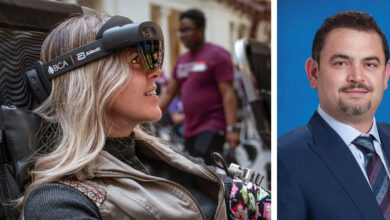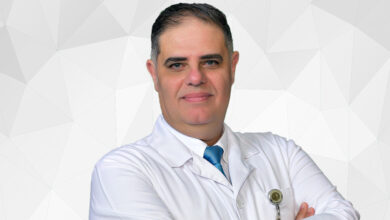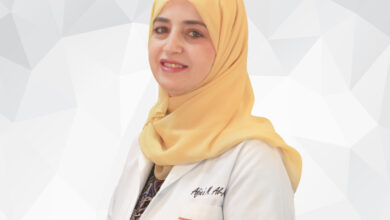Jiří Plecitý
Smart beds are changing the reality of healthcare
They make hospital care safer and more effective

The Internet of Medical Things (IoMT) is currently one of the fastest growing segments of smart technology. Various types of hospital equipment are becoming a part of it and this includes hospital beds. Managing Director LINET MEA Jiří Plecitý describes how smart LINET beds work and how they can change patient care in hospitals and in the home environment of senior care.
Hospital beds are important for care, but why do they have to be online and contain smart applications?
Five years ago few people knew about smart cities, houses and cars, today this includes hospital equipment which is becoming “smarter”. Currently, it is estimated that 3.7 million medical devices form a part of IoMT and this number is growing organically. This year is considered by experts to be the year of IoMT, marking a dramatic development of smart technologies in medicine. But our beds have been “smart” since 2011, and we are, of course, constantly expanding and upgrading the system. The main argument “for” is certainly safety. Smart healthcare is safer because IoMT limits human error. Smart technologies in medicine are effective, thanks to them processes such as hospitalization function virtually spontaneously, precisely, without error and ultimately are cheaper. This is crucial as healthcare costs are rising particularly due to an aging population.
Can you describe how a smart bed works?
LINET beds have integrated sensors, a control unit (computer), user applications and are, of course, online and compatible with hospital systems. The LINET system is called SafetyMonitor and is principally designed to increase safety. In specific terms, this means stopping patients from falling and not having accidents while in bed and in a room. Falls are common and mean extended hospitalization. They can have a fatal outcome, are costly and destroy an image. Applications can provide active and effective prevention. They display alerts of high-risk situations and statuses, such as if a bed’s settings are secure. A nurse can see everything online on monitors in the nurse station or from any point on a mobile. Thanks to this timely and preventive intervention can be provided where it is really needed. LINET beds contain an entire system of applications which, for example, know how to weigh a patient and assess the weight.
Can these technologies be used only in hospitals?
They are primarily designed for them, but we also see a great potential for home care, particularly of seniors. According to current trends there will be 1.2 billion people of a senior age in 2025 which is the equivalent of the total population of India. The aging population is a global trend, phenomenon while health care and care for seniors is one of the most visible and burning issues which society has to address in this context. Smart beds can monitor the presence of a person on a bed and assess situations that can lead to a fall or accident. The system process- es the information and communicates it to a telephone or central system. The senior patient on the bed is safe as the smart bed de facto monitors him or her and, in case of need, calls for timely help and assistance.
A big topic in connection with smart technologies is the management and reduction of costs, so what do smart beds bring in this respect?
The economic effect of the SafetyMonitor is immediate, the incidence of adverse events falls as do the related costs and further negative consequences. The value from the long-term prospect is information management. As a part of hospital systems, the SafetyMonitor provides a very practical tool of how to assess investments made in beds in terms of their effectiveness and utilization. For example, the system knows how to determine the precise location of the bed. Did you know that up to 8% of beds cannot be located in hospitals? This means that either they are in other departments where they may not be meeting their proper function or in places which nobody knows about. Thanks to the SafetyMonitor, you have an overview of the investments and can assess them. For instance, it measures how full capacity is over time, monitors and processes further information for total cost management. A separate chapter is service applications for problem-free and safe bed operation.
What sort of responses do you have to smart beds?
I am really proud that within our global LINET Group, it is the MEA region where our SafetyMonitor is the most successful. We have equipped hospitals in Dubai, Qatar and lastly in Saudi Arabia with smart beds and I hope that in mutual interaction and cooperation with our customers we will be able to continue to develop the SafetyMonitor for the speedy recovery, safety and comfort of patients which, above all else, is what quality hospital care is about.
















